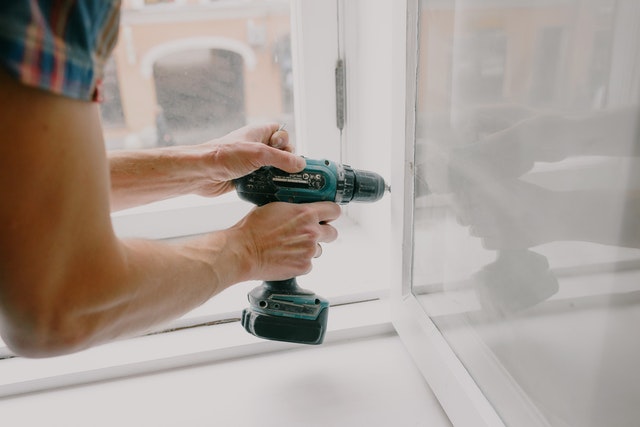Are you are looking for a way to save money on home repairs, there is no better time than now. Home DIY inspections and maintenance can help you find problems before they become significant issues. This blog post will provide some helpful tips about what DIY inspectors should be doing every month of the year.
Home DIY inspections and maintenance is, fortunately, not a daunting task. By following some simple monthly tips, you can help keep your home in top condition and prevent costly and dangerous problems from happening down the road. Here are our Top Home DIY Maintenance Tips:
1) Change the Filters in Your HVAC System
This important task should not be skipped, especially during the summer months. Clogged filters can lead to decreased airflow and increased energy usage. Replacing them every month will help keep your system running efficiently and prevent dust from building up in your home. If you have pets, it’s a good idea to change the filters more often, as they can collect pet hair and dander.
2) Inspect Your Roof
Your roof is just as important to inspect every month as the filters in your HVAC system are. It is easy to forget about it, but a damaged or missing shingle could damage water and mold growth if not addressed immediately. Checking for loose nails will also help prevent minor problems from becoming big ones later on down the road.
3) Clean Your Gutters
If you don’t clean your gutters regularly, water can back up and cause damage to your roof, fascia, and soffit. Clogged drains can also lead to ice dams in the wintertime. Gutters should be cleaned at least twice a year – once in the spring and the fall.
4) Inspect Your Windows and Doors
Please make sure the seals around windows and doors are in good condition and that the locks work correctly. If you have any drafty spots, you can use weatherstripping or caulk to seal them up.
5) Vacuum Your Vents
Vacuuming the air vents in your home will help prevent dust buildup and ensure they can operate at maximum efficiency. This is especially important for pets, as pet hair can build up quickly. If any clogs are present, it’s a good idea to remove them with a small wire or pipe cleaner before vacuuming the vent out.
6) Check Your Water Pressure
If you have low water pressure, it could signify a bigger problem. Checking the water pressure every month can help you catch these problems early on and save money in the long run.
7) Look for Drafts
In addition to checking your windows and doors, it’s a good idea to check all of the places where you might have cold air coming in from outside every month. Pay special attention to any cracks or holes around pipes along exterior walls and foundation areas which will help in leak detection. You may also want to look behind furniture that is near exterior walls as well – this could be an area where cold air can get trapped if there are any gaps present between the wall and flooring/furniture pieces.
8) Test Your Carbon Monoxide Detector
If you have a carbon monoxide alarm in your home, it’s a good idea to test it out once a month as well.
9) Sweep Your Chimney
If you have a fireplace, it’s important to sweep the chimney at least once a year to remove any built-up soot or creosote. This will help prevent dangerous buildups and keep your fireplace running safely.
10) Inspect Your Siding
Siding can take a beating over the years, especially if you live in a colder climate. Checking for any damage or missing pieces every month will help prevent more significant problems from happening down the road.
11) Check Your Foundation
If you have a basement, it’s essential to check the foundation every month for any signs of water damage or cracks. This is especially important during the winter months when the ground is frozen, and moisture cannot escape properly. If you do find any issues, address them immediately as they could lead to more severe problems down the road.
In conclusion, by performing regular home inspections and maintenance tasks, you can help prevent costly and dangerous problems from happening in the future. Following these tips will help you in keeping your home in top condition for years to come.















